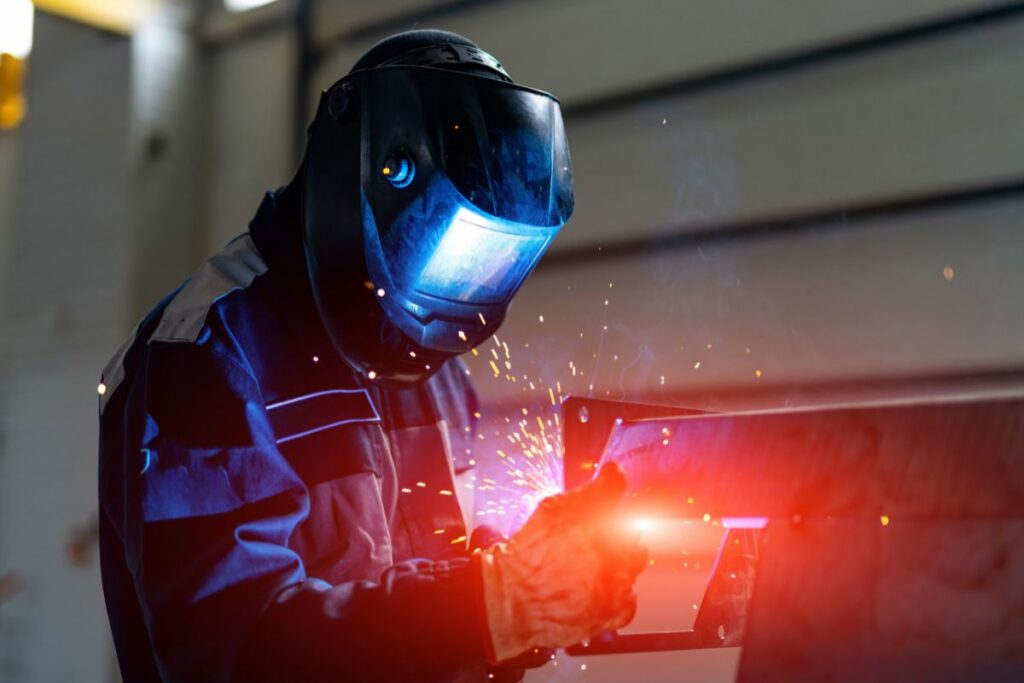
In a time dominated by technology and digital innovation, certain traditional trades face the challenge of attracting the younger generation. One such industry that has been dealing with an aging workforce is welding. While welding may not be as glamorous as some high-tech careers, it plays an important role in numerous industries, from construction to manufacturing. As seasoned welders approach retirement, the need to attract young talent into this vital trade becomes more and more urgent.
Welding is a skill that forms the backbone of many sectors, contributing to the development of infrastructure, transportation, and countless consumer goods. However, despite its importance, the industry is facing a shortage of skilled workers, and there is a pressing need to inspire the next generation to consider welding as an exciting career filled with possibilities.
One of the challenges in attracting young talent to welding is the prevalent misconception about the profession. Many people see welding as a dirty, harsh job with limited career growth. To counter this misconception, it is important to highlight the modern advancements in welding technology. Today’s welders work with state-of-the-art equipment, making use of robotics and automation to help with precision and efficiency. The welding profession is constantly evolving, and young talents can find opportunities to engage with cutting-edge technologies, making it a dynamic and future-oriented field.
The welding industry offers a diverse range of career paths beyond the traditional image of a welder. Welding engineers, inspectors, and educators are just a few examples of roles that require a strong foundation in welding skills. By showcasing the different career opportunities in the welding field, educators and industry professionals can demonstrate the potential for growth and specialisation, making it more appealing to a younger audience.
To attract young talent to welding, educational institutions play a pivotal role. High schools and vocational schools could incorporate introductory welding programs that not only teach the technical aspects of the trade but also emphasise its real-world applications and career possibilities. Hands-on experiences, internships, and partnerships with industry professionals can provide students with a practical understanding of the field, dispelling any preconceived ideas they might have.
Additionally, mentorship programs can bridge the gap between experienced welders and aspiring young talent. Establishing connections between seasoned professionals and students allows for the transfer of valuable knowledge and provides guidance on career development. Mentorship programs foster a sense of community within the industry and create a supportive environment for new talent.
The welding industry should also adapt its recruitment strategies to align with the preferences of the younger generation. Social media platforms, online forums, and virtual events can be powerful tools to showcase the exciting aspects of welding. Using these modern platforms to share success stories, highlight innovative projects, and provide insights into the daily lives of welders can capture the attention of young individuals who might otherwise overlook welding as a career option.
In addition to technological advancements and educational initiatives, addressing the issue of diversity and inclusion is crucial for attracting a younger workforce to welding. By promoting a more inclusive environment, the industry can break down stereotypes and demonstrate that welding is a career for everyone, regardless of gender, race, or background. Celebrating diversity within the welding community not only broadens the talent pool but also encourages creativity and innovation.
In conclusion, attracting young talent to welding requires an approach that dispels stereotypes, promotes education, and embraces technological advancements. The future of the welding workforce depends on our ability to showcase the dynamic nature of the profession, provide comprehensive education and training, and create a supportive community that encourages diversity and inclusion. As we aim to build a skilled and vibrant workforce for the future, investing in the next generation of welders is not just necessary but crucial for the growth and sustainability of the welding industry.